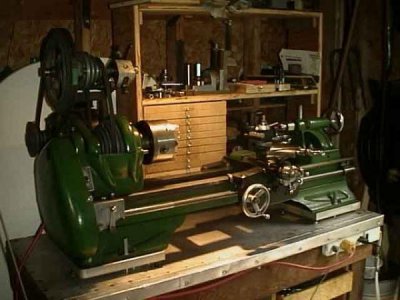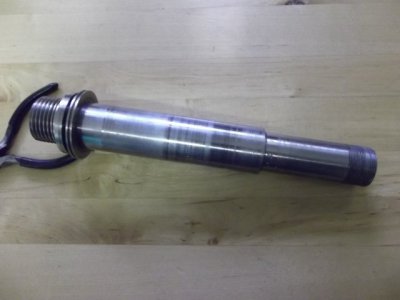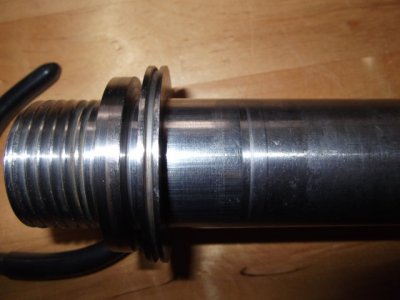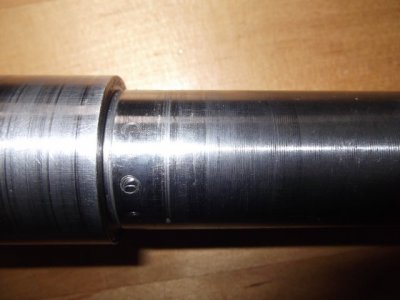- Joined
- Dec 1, 2021
- Messages
- 151
Thanks for your input Mark....I'm hoping for the best. As a last resort I could always hunt around for the stock setup and just put it back to original.It looks like a completely homemade quick change arrangement. Probably works just fine as is, you'll want to cut some test threads to check it.
-Mark
I'm thinking that it won't be necessary....time will tell.





